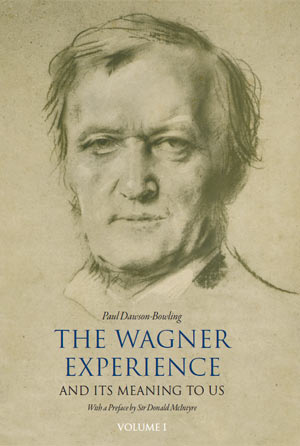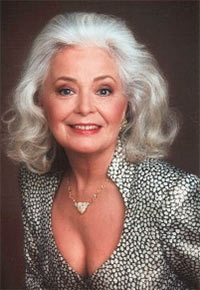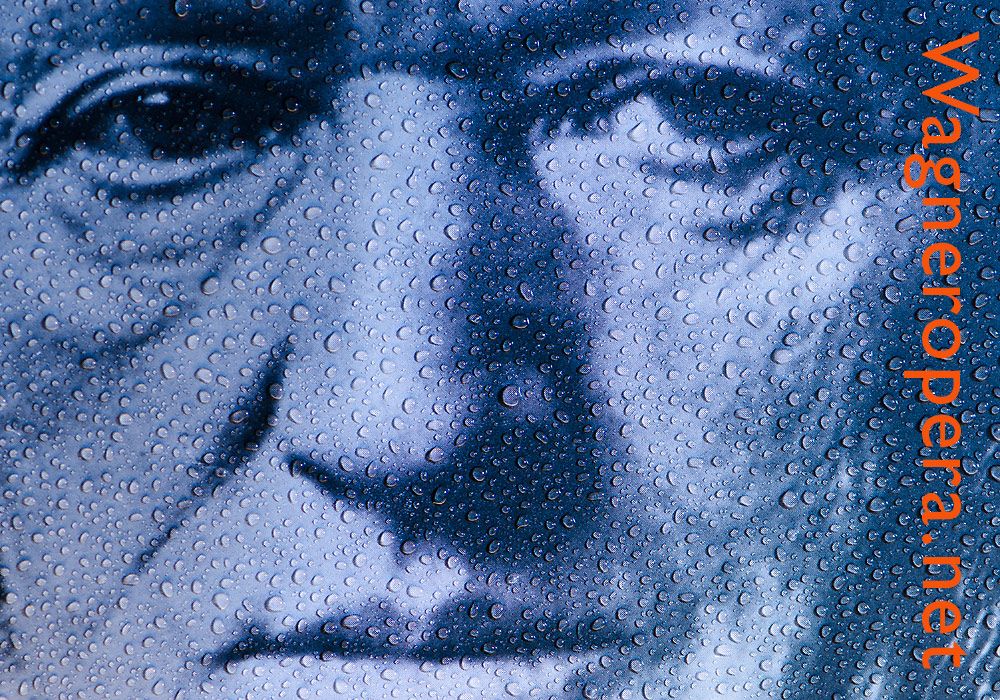THE WAGNER EXPERIENCE BY PAUL DAWSON-BOWLING:
THE PERFECT GIFT, THE PERFECT POSSESSION

Christmas is just around the corner, someone very special is having an occasion to celebrate, or you just feel like spoiling yourself! This set of two wonderful books, beautifully presented, truly makes the ideal gift. But not only that! They are a “must” to have, as a reference to Wagner’s life and his incredible compositions and are ideal for placing in the lounge or bedroom for visiting guests to browse through, or for refreshing one’s memory of the stories, the sources and the lessons of Wagner’s great dramas, before attending the performance.
We are extremely fortunate to have Paul Dawson-Bowling and his lovely wife Elizabeth de la Porte, who is a superb Harpsichord player and has been teaching at the Royal College of Music for over fifty years, as two loyal and devoted members of our Wagner Society.
Paul is a retired General Practitioner from an era when this meant “family doctor”, and he takes us gently by the hand and guides us lovingly through this enormous undertaking of relating the tempestuous life of Wagner with great enthusiasm, wisdom, humanity and psychological understanding.
His dedication: “To My Wonderful Wife Elizabeth Was je ich ersehnt, ersah ich in dir”, (Everything I ever longed for, I saw in You), Siegmund: Die Walküre Act I, makes it clear to us that this is a man, enriched by the joy of sharing the holy art of music with his wife and family and also with all of us.
There have been literally hundreds of books written about Wagner; but there is no other book quite like this. It is written in a language which is elegant, beautiful, and understandable to all.
One feels that a very dear friend is guiding you through this journey of Wagner’s life, with a desire to share his own love and admiration for the composer in order than you may also share his incredible Wagner experience.
He has done tremendous research and delves into every aspect of Wagner’s life and his music dramas. One constantly discovers things that you may somehow have missed in the past, like the fact that Wagner had originally intended the scene in Das Rheingold between Wotan and Erda to be with the three Norns. Also, his descriptions of the wildly intense, sensuous relationship with Minna is a revelation. They met when he was just 21 years old. She was three years older than him and was an extremely beautiful woman and a very talented actress. She went through heaven and hell with him on his various escapades, fleeing because of their debts, being shot at by border guards, causing their carriage to overturn resulting in Minna having a miscarriage which was probably the cause of her childlessness afterwards. Also the near shipwreck on the flight from Riga to London, which was the inspiration for Der fliegende Holländer. She was so terrified that she begged Richard to lash her to him, so that they could drown and perish together. No wonder that she became the source and inspiration for all the heroines in Wagner’s dramas! She was his muse and in her he saw his archetype, his ideal, the perfect example for Elisabeth, Venus, Elsa, Sieglinde, Brünnhilde, Senta, Eva and Gutrune. Mathilde Wesendonck became his muse for Isolde when the love between Wagner and Minna began to fade, but he continued to hope and believe that each new attraction would bring him that same heightened state of mind and being which Minna had brought him.
The first Isolde was sung by Malvina Schnorr von Carolsfeld who, after the death of her husband Ludwig three weeks after singing the première of Tristan, believed that the ghost of her husband said that she was destined to marry Wagner. She wrote incensed letters to King Ludwig, complaining about Wagner’s liaison with Cosima after discovering that Cosima was highly pregnant and was banished by both Wagner and the king. Whilst in Dresden to perform “O Malvina” I went to visit the family grave of Malvina and Ludwig and discovered to my astonishment that Minna is buried directly next to it.
Richard and Minna were married for over thirty years but were together for only twenty; partly because Mathilde Wesendonck and Cosima entered his life. One tends to think of these two women as being the main loves of Wagner’s life, but this was because Minna was somewhat banished into oblivion by Cosima, who successfully destroyed many of Wagner’s letters and made cuts in others.
The Wagner Experience is unique because not only does it give a brief biography of Richard Wagner, an extensive account of his tumultuous life and excellent, detailed explanations of the sources and lessons of his great dramas, but it also includes an abundant wealth of glorious illustrations which are largely determined by the archetypes inherent in Wagner’s Operas. There are some very unusual sets of cards: “Liebig’s Fleisch-Extract”, from a sort of Oxo/Marmite Company which show us how Wagner was popularly presented in Germany 100 years ago and some beautiful pictures showing the style of Wieland Wagner’s productions, which were very prominent in the years after the re-opening of the Bayreuth Festival after the war. I was fortunate enough to sing very often in these productions, especially Der fliegender Holländer, Die Walküre and Parsifal. There are eight of the twelve incredibly beautiful Richard Wagner illustrations from the original oil paintings by Ferdinand Leeke (1859-1923) which were painted circa1900-10, a very interesting self-portrait as Lohengrin by Ludwig Schnorr von Carolsfeld which illustrates to us that he not only sang these heavy Wagner roles in his twenties (he sang Tristan aged 29 and died shortly afterwards from a lung disease, not from the strain of singing the role as is often said) but also inherited his father’s talent for painting. Another surprise picture shows the author’s mother in law Betsy de la Porte as Waltraute in Die Walküre at Covent Garden in 1935, which conjures up visions of Hojotohos ringing through the family home and mutual enjoyment sharing Wagner’s music, and which makes it even clearer why this wonderful book has been written.
However, my favourite pictures are those of Arthur Rackham (1867-1939). They are incredibly beautiful, highly imaginative scenes from the mythology of The Ring which were my inspiration to all the various roles that I sang in it: Wellgunde a Rheinmaiden, Ortlinde a Valkyrie, Sieglinde, Gutrune and Brünnhilde. I would have given anything to have been able to perform these roles in these costumes and surroundings and am convinced that many of us would love to see a production in this style again. I would certainly try to create similar visions with the aid of modern techniques if I ever had the chance to produce a Ring myself.
I have become weary of many of today’s opera productions. If I buy a ticket to see Der fliegende Holländer I want to see the sea, ships, sailors and spinning wheels, not an office full of secretaries sitting at their typewriters and I do not want to see Elisabeth going to the gas chambers in Tannhaüser or any of the other annoyances which simply ignore the directions in the score, changing the subject of the piece entirely and suggesting that the producer is superior to the composer.
The public is insulted and treated like idiots who are incapable of forming their own interpretation of the composer and librettist’s work and its effects on their daily lives and morals. It is not because I am old fashioned. To the contrary. I am simply sick of the disgraceful way that precious works of art are being abused by many of today’s producers who often admit that they have no knowledge of the art of opera and are unable to read music. It would seem that their main aim is to create something which is going to arouse protests and scandal and has nothing whatsoever to do with the contents of the score, which makes them “the talk of the town” and enhances their careers.
Many avid opera-goers have given up trying to show their disagreement by booing and are simply not going to such performances any more, which is made clear by the empty seats in many opera houses nowadays. In Bayreuth tickets are now easy to obtain on the internet and sometimes, even on the day of the première at the box office. This I find very worrying because if the public is lost, it is not so easy to get them back again!
After decades of placing operas into “our time” with blue jeans, ugliness and the desecration of sex it has become outdated and I feel that it is necessary to return to the truth of the score. This applies, of course, not only to Wagner’s dramas; but to opera staging in general. It would also help the new generation to gain knowledge of the various epochs, such as Medieval, Rococo and Biedermeier. One only has to look at the popularity of Lord of the Rings to know that they would also welcome this transition,
The Wagner Experience reminds us of the original didactic aspects of the dramas, which encourage and inspire us to seek our own understanding and morals through the wise lessons and advice in the text and action, which enables us to have life more abundantly enriched by the enormous power and beauty of the music, which often transports us to heavenly spheres.
I hope that Paul Dawson-Bowling’s The Wagner Experience will reach and inspire new audiences, as well as reviving the enthusiasm of mature Wagner lovers.This is like having three books in one, because it places Wagner’s life, his work and a fabulous array of exquisite illustrations before us in a nutshell. We must be grateful that he has so generously shared his “Wagner Experience” with us and I am sure that everyone who reads it will be filled with renewed admiration and understanding for this great composer and his works.

Acclaimed as one of the greatest Wagner sopranos of the second half of the 20th century, Dame Gwyneth Jones appeared at nearly every Bayreuth Festival between 1966 and 1982 and took a wide range of roles in all the leading opera houses of the world.
Selected Biographies



